Budget struggles with spending spree
A proposal to balance the state budget will be sent to parliament in early October, Večernje Novosti writes.
Sunday, 24.08.2008.
16:37

A proposal to balance the state budget will be sent to parliament in early October, Vecernje Novosti writes. But, even the ministry of finance officials could not say what this draft document will contain, nor could they specify the figure of the budget deficit that will be proposed. Budget struggles with spending spree Even without the expenses stemming from the parliamentary ballot in May, that left politicians to deal with campaign promises, the daily writes, the state would have had a deficit of some EUR 400mn. Now, in case the ministries of finance and the premier manage to compromise over what needs and can be done, this minus could double. Some ideas about ways to tackle the budget deficit include postponing foreign debt payments for next year, and issuing state RS Bonds to cover other losses. But some experts compare paying for current budgetary spending by issuing state bonds with printing of money. Finance Minister Diana Dragutinovic and Prime Minister Mirko Cvetkovic are both opposed to this, should the cash bonds be destined to be spent on salaries, redundancy money, pensions or promised social payments. They only support the idea in case the funds are used for the so-called capital spending, in other words, the construction of promised infrastructure. Currently, the biggest enigma, Vecernje Novosti writes, is how another promise, that of a ten-percent increase of pensions, will be kept. As it is, the pension funds take up as much as 14 percent of Serbia's GDP. Another problem is seen in the ministry of economy's estimate that there are 30,000 workers in Serbia who could receive redundancy money, based on the Zastava example. By the end of this year, the state will have to spend almost EUR 50mn on this, the first estimates show. As for the planned infrastructure projects expenses, Serbia will have to come up with EUR 1bn a year. Although it is abundantly clear that this money cannot come from the budget, no plan has yet been drawn on future borrowing, its basis or dynamics. Another issue making budgetary matters more difficult is the ever-growing army of Serbia's state administration workers. Not counting MUP and BIA, this number is now at 28,000, in other words, 7,000 employees more than in 2007. Although MUP will not give precise data, it is believed that the Serbian police and the interior ministry have up to 45,000 people in their ranks, all paid from the budget.
Budget struggles with spending spree
Even without the expenses stemming from the parliamentary ballot in May, that left politicians to deal with campaign promises, the daily writes, the state would have had a deficit of some EUR 400mn.Now, in case the ministries of finance and the premier manage to compromise over what needs and can be done, this minus could double.
Some ideas about ways to tackle the budget deficit include postponing foreign debt payments for next year, and issuing state RS Bonds to cover other losses.
But some experts compare paying for current budgetary spending by issuing state bonds with printing of money.
Finance Minister Diana Dragutinović and Prime Minister Mirko Cvetković are both opposed to this, should the cash bonds be destined to be spent on salaries, redundancy money, pensions or promised social payments.
They only support the idea in case the funds are used for the so-called capital spending, in other words, the construction of promised infrastructure.
Currently, the biggest enigma, Večernje Novosti writes, is how another promise, that of a ten-percent increase of pensions, will be kept.
As it is, the pension funds take up as much as 14 percent of Serbia's GDP.
Another problem is seen in the ministry of economy's estimate that there are 30,000 workers in Serbia who could receive redundancy money, based on the Zastava example.
By the end of this year, the state will have to spend almost EUR 50mn on this, the first estimates show.
As for the planned infrastructure projects expenses, Serbia will have to come up with EUR 1bn a year. Although it is abundantly clear that this money cannot come from the budget, no plan has yet been drawn on future borrowing, its basis or dynamics.
Another issue making budgetary matters more difficult is the ever-growing army of Serbia's state administration workers. Not counting MUP and BIA, this number is now at 28,000, in other words, 7,000 employees more than in 2007.
Although MUP will not give precise data, it is believed that the Serbian police and the interior ministry have up to 45,000 people in their ranks, all paid from the budget.


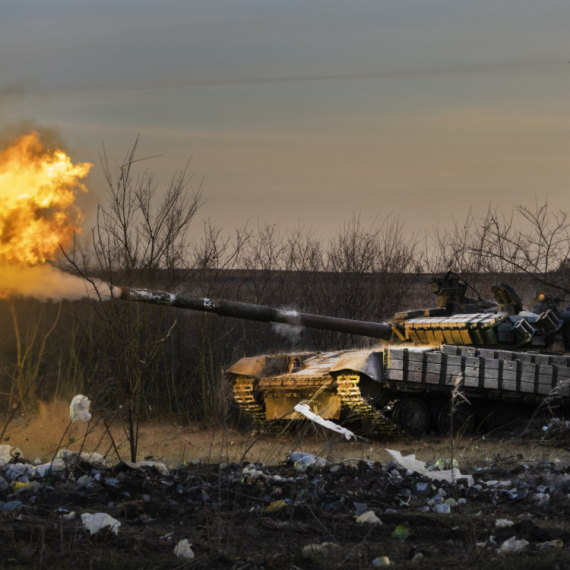
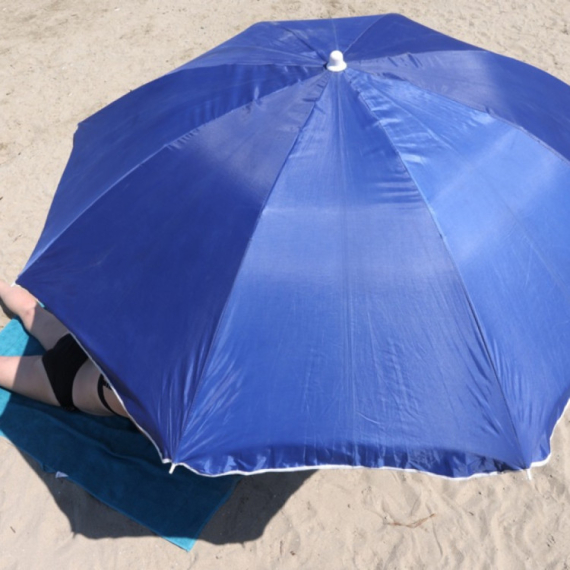
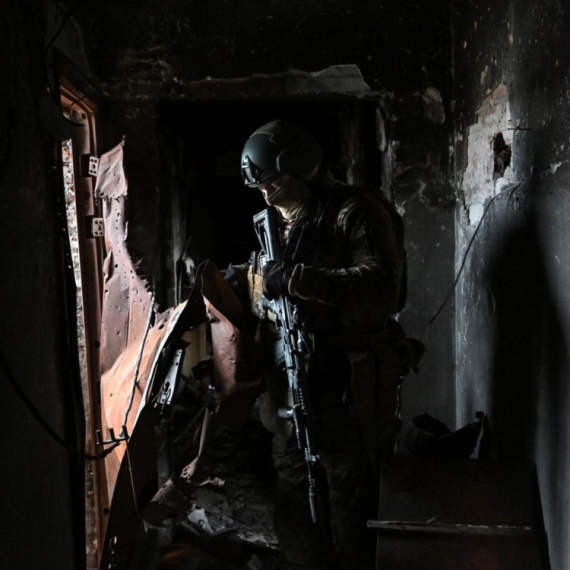

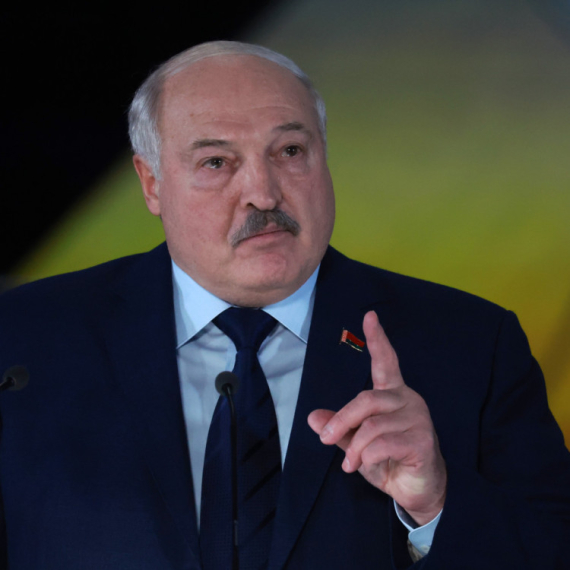




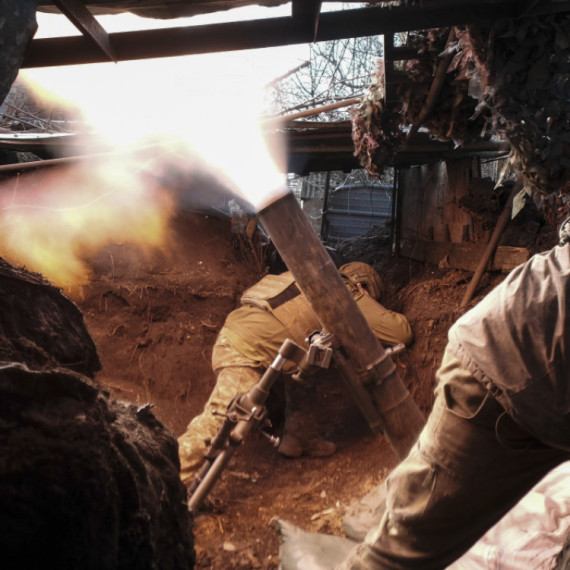










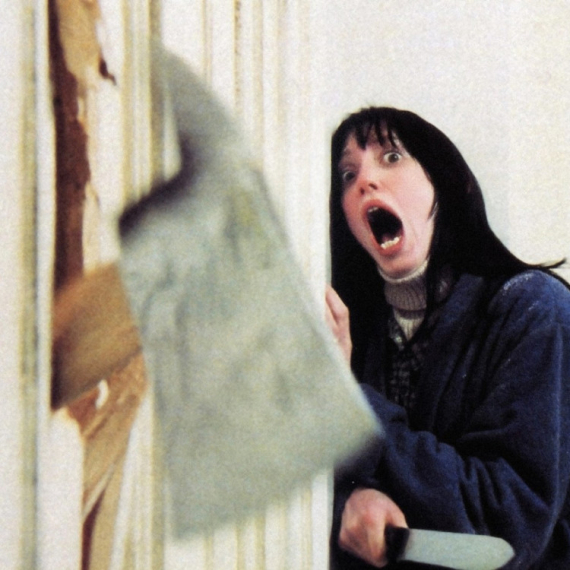





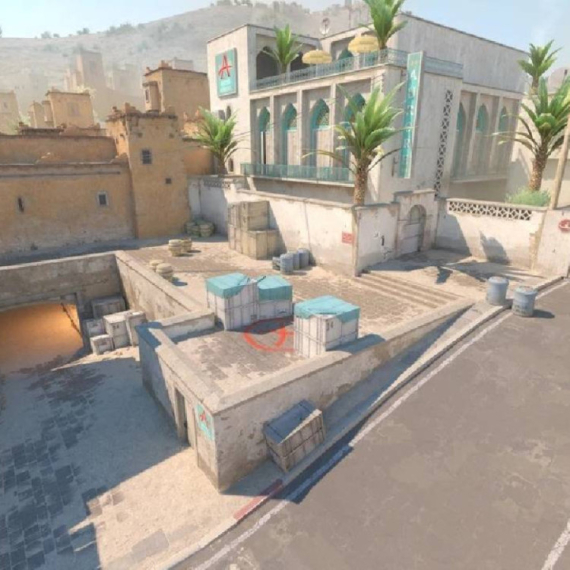





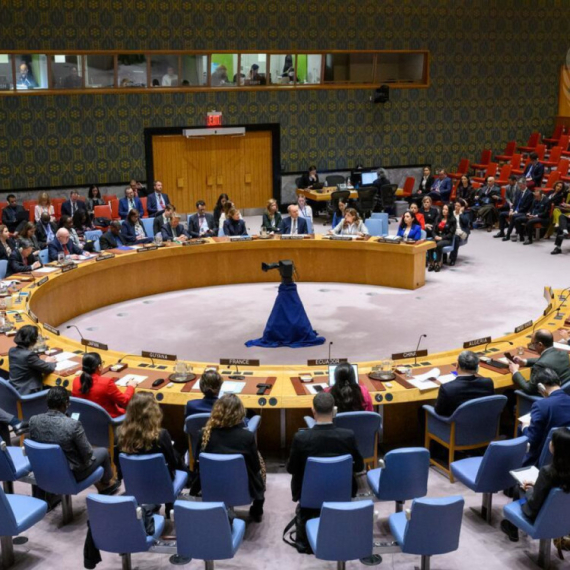
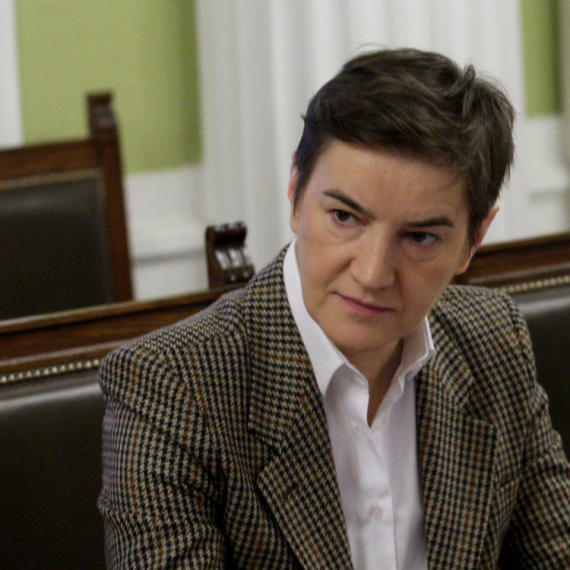






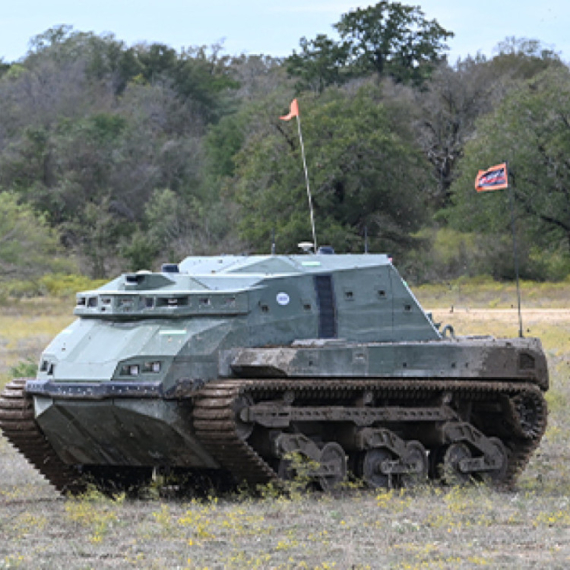

Komentari 0